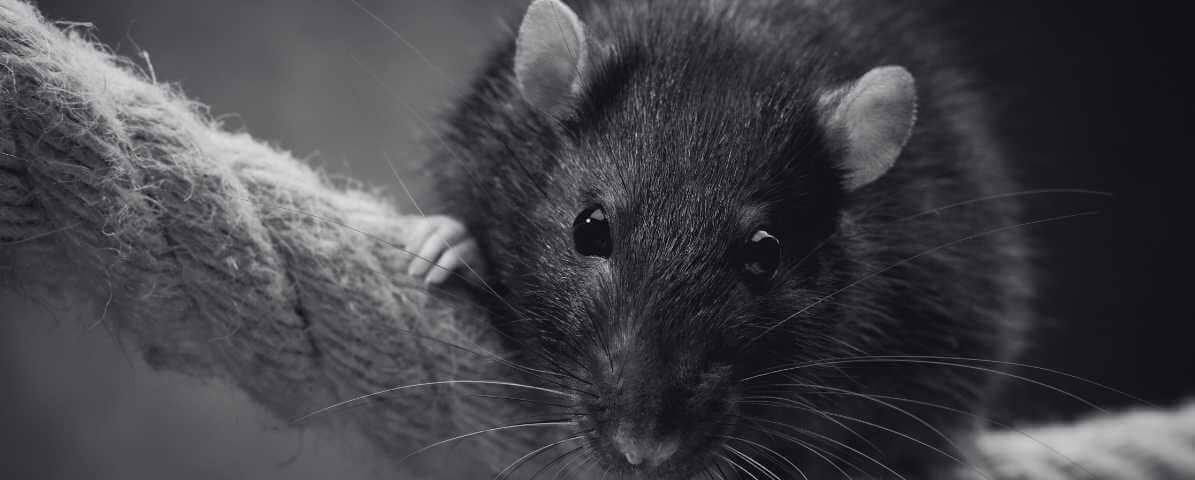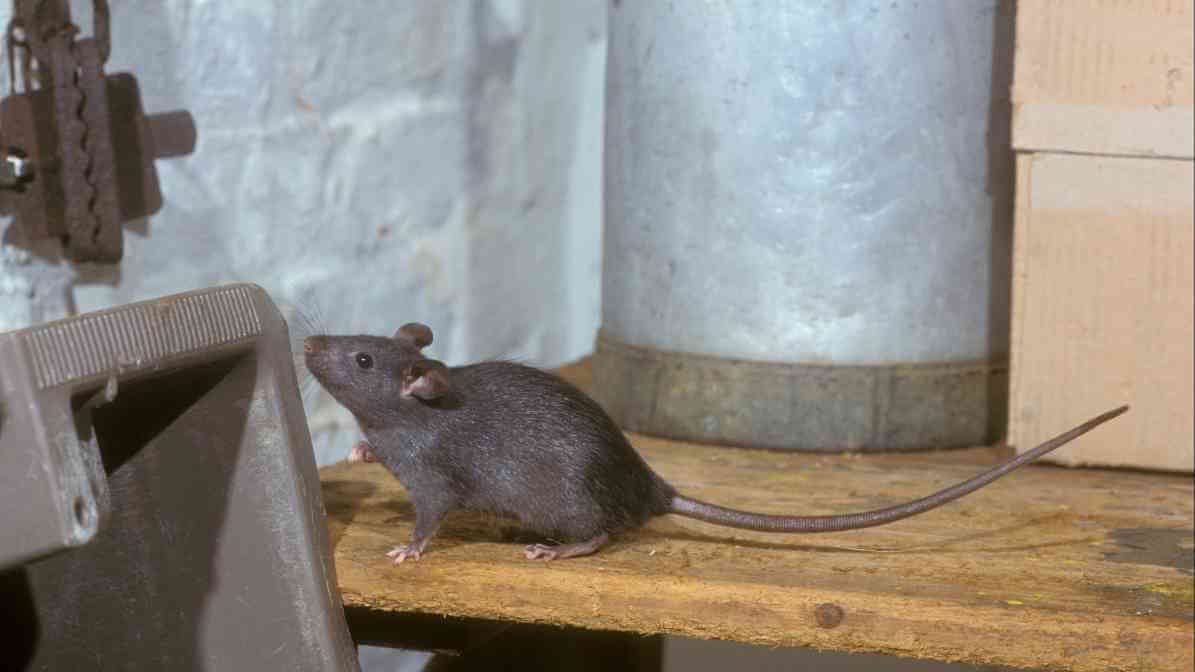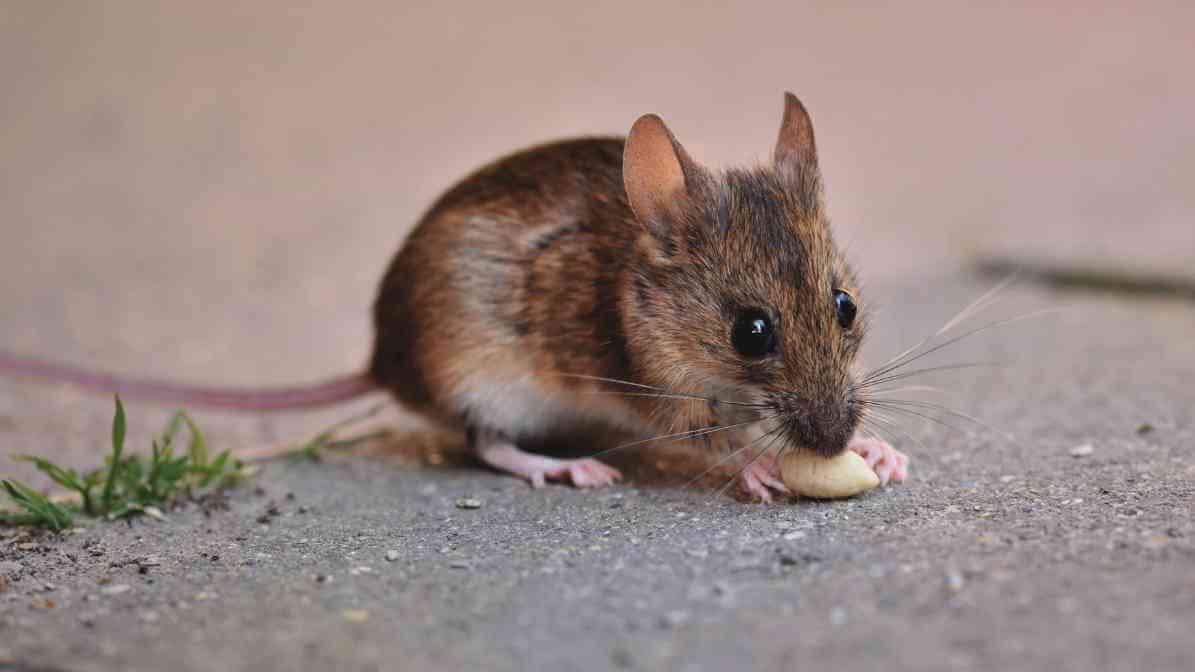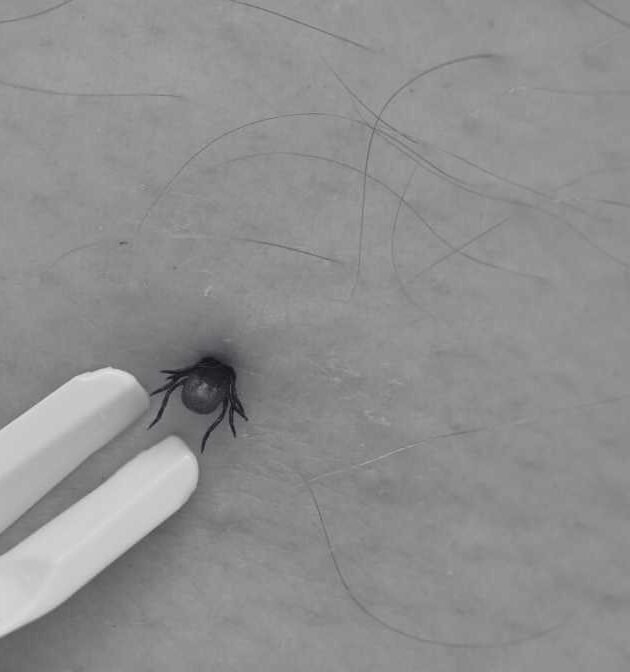
The Rising Threat of Mosquito Borne Diseases in Malaysia
May 30, 2025
Rats vs Mice: How to Identify Common Rodents?
June 3, 2025
Rodent Blog
Do not allow any types of rat species take over your residential or commercial property. Act now to protect your home and business from infestations.
Top Most Common Types of Rats in Malaysia
Common Types of Rat Species in Malaysia
Rats, genus rattus are among most adaptable animals on Earth thriving almost everywhere in cities, fields, forests and homes. In Malaysia, it is common to see them, especially in places where food and shelter are available. While they might seem harmless, they can cause serious problems, including spreading diseases like the bubonic plague. Understanding the common species, characteristics, habitats and behaviours, it is essential to manage populations and preventing infestations.
In this article, we will explore the main types of rats in Malaysia, including the house rat, black rat, brown rat and mice. We’ll learn about their roles in the ecosystem, what they eat and how they interact with humans. Let us dive into the world of rats and discover what makes each species unique.
Common Types of Rat Species and Effective Pest Control Strategies
What Are Rats and Why Are They Important?
Many species of rodents are famous for their long tails, sharp teeth and ability to thrive in diverse environments. These pack rats often live in large groups, especially when food is plentiful. Despite their reputation as pests, they play a significant role in the ecosystem. Dispersing seeds and serving as prey for many predators.
However, infestations can be a major concern for humans. They can damage property, contaminate food and carry diseases including the bubonic plague, leptospirosis and salmonellosis. The rat population in Malaysia is influence by factors like climate, urbanisation and availability of food sources. Understanding the types of rats living in Malaysia helps residents and experts manage and control their growth effectively.
Black Rat (Rattus rattus)
Also known as the ship rat, this long-tailed rat thrives in urban and tropical environments, especially in high places like roofs and trees. Its agility and climbing ability make it a common indoor pest.
Size :
- 5 to 7 inches (excluding tail)
- Shape: Long, slender body with a sharply pointed nose with long tail and almost hairless
- Colour: Usually dark brown or black with a glossy sheen
- Legs: 4 legs, agile climbers

Diet:
- Eats grains, fruits, vegetables and human food scraps
- Known for scavenging in kitchens, pantry areas and warehouses
Habitat:
- Prefers high places such as trees, roofs and shelves
- These ship rats are commonly in buildings, markets and food storage areas
Impact:
- This long-tailed species is a notorious pack rat that can rapidly reproduce, leading to large populations.
- They are carriers of diseases including the bubonic plague and leptospirosis. Making them a serious health concern in urban and rural settings.
- Their ability to climb and nest in hard-to-reach spots makes elimination challenging.
Brown Rat (Rattus norvegicus)
Known as the sewer or giant rat, it’s robust and tends to occupy underground and damp areas like sewers and basements. Less agile but more adaptable to various environments.
Size :
- 7 to 11 inches (excluding tail) can be quite large and hefty
- Shape: Stocky body with a blunt nose and small eyes, shorter tail compared to the body length
- Colour: Dark brown or dark grey with coarse fur
- Legs: 4 sturdy legs, excellent burrowers

Diet:
- Consumes grains, meats, garbage and leftovers from human activities
- Frequently gnaws on wires, pipes and building materials
Habitat:
- Usually found in sewer systems, basements, along riverbanks and in burrows in the ground
- Adaptable to many environments but prefer damp, dark places
Impact:
- These sewer rat or giant rats, causes property damage and contribute to the spread of diseases such as leptospirosis.
- Once they reach sexual maturity, usually around 3 to 4 months old. They reproduce quickly, forming large populations quickly if uncontrolled.
- Their presence often indicates poor sanitation and cleanliness.
How Do Field Rat Species Affect Agriculture in Malaysia?
Similar to Malaysian wood rats, damage crops such as rice and tubers. Their burrowing and foraging can cause significant crop losses for farmers.
House Mouse (Mus musculus)
The house mouse is a small, adaptable rodent frequently found in homes, warehouses and food storage facilities across Malaysia.
Size :
- 2 to 4 inches in length
- Shape: Small, slender body with a pointed nose and large ears
- Colour: Light brown, grey or tan
- Legs: 4 legs, agile runners

Diet:
- Eats grains, seeds and spilled human food
- Will gnaw on plastics, fabrics and paper
Habitat:
- Indoors and outdoors, especially in kitchens, storerooms and dark corners of buildings
- Reproduce rapidly, creating widespread infestations when unchecked
Impact:
- Small but notorious for contaminating food supplies and transmitting diseases.
- They are less of a big rats but can still cause serious health hazards hassle.
Malaysian Wood Rat (Rattus tiomanicus)
Commonly found in agricultural fields and rice paddies, this rat damages crops and stored grains, impacting farming activities.
Size :
- 8 to 15 inches (including tail)
- Shape: Medium-sized rat with a long, thick tail and coarse fur
- Colour: Brown or dark grey across the back, lighter on the belly

Diet:
- Fruits, nuts, small animals and insects
- Grains, tubers, and rice crops
Habitat:
- Prefers forested areas and jungle habitats, found in rice paddies, farms and open agricultural fields
- These big rats lives in trees and burrows, mostly nocturnal
Ecological Role:
- Important for seed dispersal and maintaining forest health. Major pest for farmers, causing crop loss
- Less common in urban areas but can invade farms or peri-urban zones. Their burrows and foraging can deteriorate farm infrastructure
The Ultimate Guide to The Types of Rat Species in Malaysia
The Ecological and Social Roles of Rat Species
While these pests can cause problems, they also serve important ecological functions. As omnivores, these species are part of the food chain, sustenance for predators like snakes, birds of prey and larger mammals.
In the wild, they help disperse seeds and control insect populations. However, when their populations become too large. Especially in urban areas, they become pests that infest, leading to health concerns and property damage.
The Impact of Rat Infestations
Common Types of Rat Species Infestation and Effective Pest Control Strategies
Bubonic plague is a serious disease caused by the bacteria Yersinia pestis. Although rare today, outbreaks historically caused devastating pandemics. Black rats (Rattus rattus) live near urban living often link to the spread of this disease, especially when their fleas bite people. Infestations are common in Malaysia, especially in densely populated areas, urban slums and places with poor sanitation.
A large infestation of their population can:
Contaminate food supplies with urine, droppings and fur.
Damage electrical wiring, leading to fire hazards.
Spread diseases, including leptospirosis, trichinosis and the bubonic plague.
Everything You Need to Know About Types of Rat Species in Malaysia
Managing and Preventing Rat Infestations
In Malaysia, professional Innovative pest control services often employ bait, traps and environmentally friendly methods to reduce their populations effectively. Good sanitation and proactive measures are the best ways to control their populations:
Keep food stored in sealed containers.
Remove clutter and debris where rats eats, breed, nest and hide.
Seal the holes and gaps in walls, doors and windows.
Properly dispose of waste and avoid leaving garbage outside overnight.
Use traps and bait stations responsibly if infestations occur.
Professional Rodent Control Services
Innovative Pest Blog Summary
The presence of different types of rats are common in Malaysia. Knowing their characteristics, habitats and behaviours helps in understanding how to prevent and manage infestations. They are an integral part of the ecosystem, their populations can lead to serious health issues and property damage. By understanding their roles and habits, residents and authorities can work together to keep their populations under control.
If you need further information or help with pest management, consult our local pest control professionals. Always act promptly to prevent potential health hazards associated with these pests.



